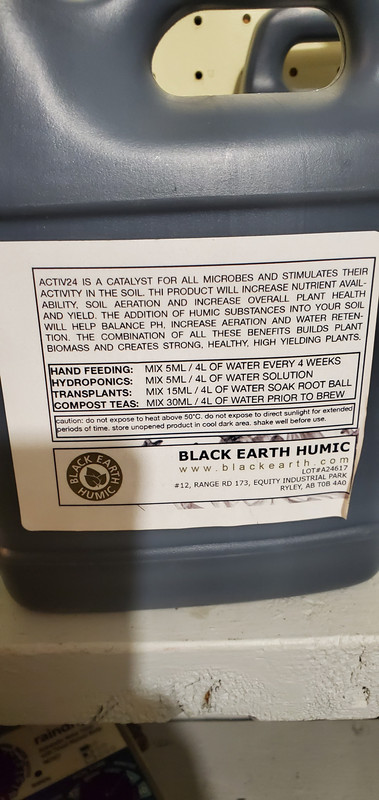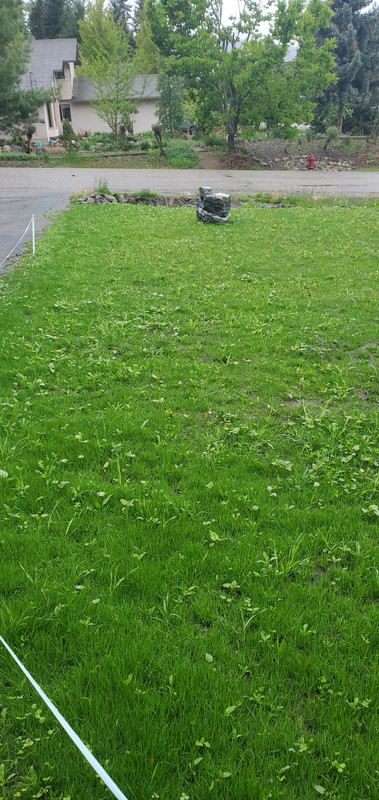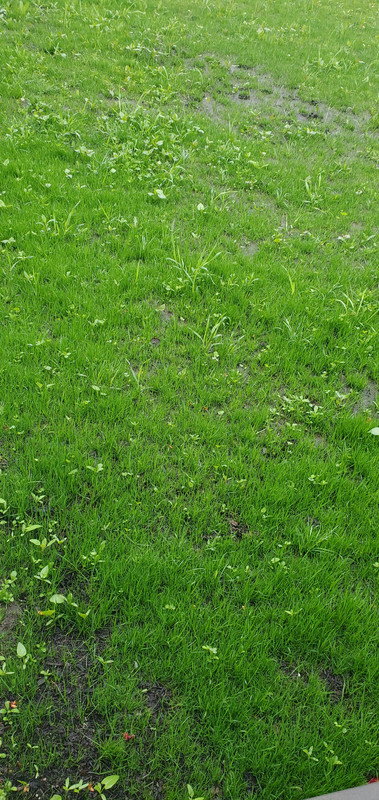john5246 said:
LawnDetail said:
Just like anything else in life. If some people can't physically see results then it must not be working. I believe it's a beneficial part in getting your dirt right.
Then we should be able to measure it's effect through a soil test.
We can. It influences CECs. It influences organic matter. We can measure these via a soil test. Adding humic acids is a long-term strategy to increase both of these.
Just because you're not buying a bottle with "humic acid" doesn't mean you're not applying humic substances. Applying peat moss, compost, vermicompost, composted manure, mulching grass and leaves will all eventually end up increasing the amount of humic substances in the soil. Using mined leonardite is just a shortcut to get a very concentrated amount of humic substances.
Studies to back up the influence of humic substances on plant growth, nutrient uptake, and the ability to deal with environmental stressors:
https://www.sciencedirect.com/science/article/abs/pii/S1164556306000379
https://www.tandfonline.com/doi/abs/10.1080/01904169809365424
https://acsess.onlinelibrary.wiley.com/doi/abs/10.2136/sssaj1976.03615995004000060023x
http://www.harvestgrow.com/.pdf%20web%20site/Humates%20General%20Info.pdf
https://acsess.onlinelibrary.wiley.com/doi/abs/10.2136/sssaj2001.1744
https://www.sciencedirect.com/science/article/abs/pii/S1002016010600872
https://www.sciencedirect.com/science/article/abs/pii/S0929139316304863
https://link.springer.com/article/10.1556/0806.45.2017.064
https://link.springer.com/article/10.1007/s11099-017-0745-9
https://content.sciendo.com/view/journals/johr/25/2/article-p59.xml
https://www.semanticscholar.org/paper/Effect-of-humic-acid-and-mulches-on-some-of-tall-Kazemi-Salahshoor/48a01ade873aea191e3e2f538f07506ed279108f
http://www.koreascience.or.kr/article/JAKO201831854885151.page
https://acsess.onlinelibrary.wiley.com/doi/full/10.2134/cftm2018.07.0053
http://www.koreascience.or.kr/article/JAKO201730475991838.page
It's not a be-all-end-all solution but it helps your soil in the long run and ag research the world over has given examples of it being beneficial.







